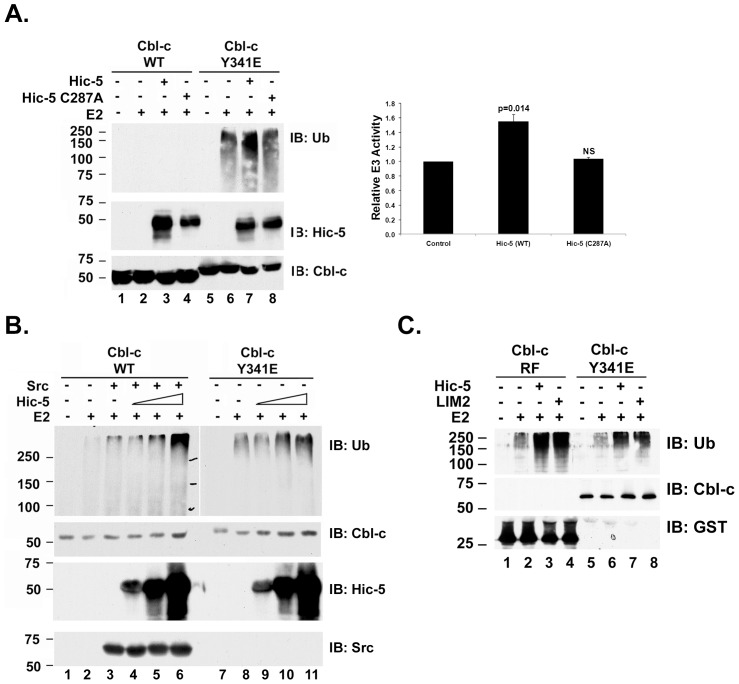Figure 6. Hic-5 increases the E3 activity of Cbl-c in vitro.
A. In vitro E3 assays were performed as described in the methods with the recombinant WT or activated (Y341E) His-Cbl-c constructs as labeled above panel. Recombinant purified His-Hic-5 WT, C287A were added where indicated. The data for the E3 activity of the Y341E Cbl-c mutant were quantified for three experiments and are displayed on the graph. Values represent the mean ubiquitination +/– SE relative to Y341 Cbl-c alone. The dotted line represents the level of ubiquitination by Y341E Cbl-c in the absence of Hic-5. Two tailed p-values using a paired T-test comparing the results for Y341 Cbl-c + Hic-5 (WT or C287A) to Cbl-c are shown on the graph (NS = not significant). B. E3 assays were performed with either WT or Y341E recombinant Cbl-c as described above. Increasing amounts of recombinant His-Hic-5 was added as indicated above the panel. Purified active Src was added where indicated. C. In vitro E3 assays were performed with recombinant GST-Cbl-c RF (GST-RF) or GST-Cbl-c Y341E as described above. Recombinant His-Hic-5 or the His-LIM2 domain of Hic-5(LIM2) were added as indicated above the panel. In vitro E3 assays were performed at 30°C for 40 m in the presence and absence of E2 and then immunoblotted (IB) as indicated. MW markers in kDa are shown to the left of the panels.

